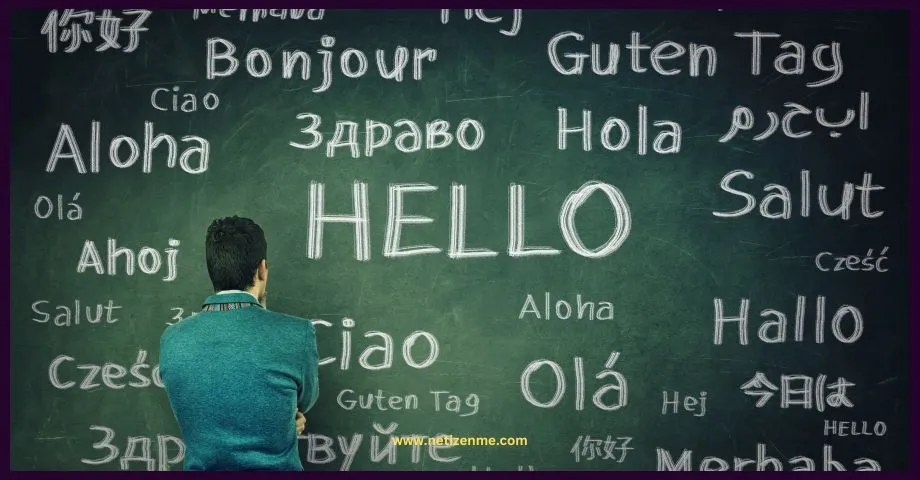It is often said that language learning is different from language acquisition. Language learning is a conscious process whereby a person tries to acquire a second or foreign language through study, usually in a classroom setting. On the other hand, language acquisition is a subconscious process whereby a person spontaneously picks up a second or foreign language through exposure and use.
What is the difference between Language Learning and Language Acquisition?
There are several key differences between Language Learning and Language Acquisition.
First, language learning is often much more formal than language acquisition. There are usually set goals and objectives in a language learning setting, and progress is often monitored and evaluated.
Second, language learning typically involves using instructional materials such as textbooks, workbooks, and audiovisual aids. On the other hand, in a naturalistic setting, people acquire languages without formal instruction or materials.
Third, another key difference is that people usually have different motivations for engaging in each activity. People engaged in language learning typically want to achieve proficiency in the target language to use it for practical purposes, such as communicating with native speakers or traveling to a foreign country.
On the other hand, people engaged in language acquisition may not have any specific goals or objectives in mind; they may be exposed to the target language through interactions with native speakers in their daily lives.
Fourth, the rate at which people learn or acquire languages also differs. People engaged in language learning often study for long hours and make.
What is Language Acquisition?
There is a distinction between them. Language learning is studying a foreign or second language in a classroom setting, while language acquisition is the process by which people naturally acquire a language. The main difference is that language learning is a conscious process, while language acquisition is subconscious.
People who learn a second language in a classroom typically follow a set curriculum and receive explicit instruction from a teacher. For example, they usually know grammar rules and the correct way to conjugate verbs. On the other hand, people who acquire a second language do so by immersion, through exposure to the language in everyday life. They are not consciously aware of grammar rules but can understand and speak the language fluently.
Theorists have proposed different explanations for how people acquire a second language. Some believe that people are born with an innate ability to acquire language, while others believe it is a learned skill. Regardless of the explanation, it is clear that both learning and acquisition play a role in second-language acquisition.
What is the difference between Language Learning and Language Acquisition?
It is essential first to understand that they are not the same things. Language learning is the process of acquiring a second or foreign language. At the same time, language acquisition is naturally acquiring a first language.
There are several key differences between them. One of the most important is that language learners typically study grammar rules and memorize vocabulary. While language acquirers simply absorb these things through exposure to the language. This difference is because language learners consciously try to learn a new language. At the same time, language acquirers are simply exposed to the language and unconsciously pick it up.
Another key difference is that language learners often have difficulty producing correct grammar and pronunciation, while language acquirers do not. This is because grammar and pronunciation are usually learned unconsciously during the process of acquisition. While they must be consciously learned when studying a foreign language. Finally, it is worth noting that language acquisition always occurs in childhood, while language learning can happen at any age. Children’s brains are more “plastic” and can learn new languages quickly. While adult brains are more set in their ways and thus harder to change.
How is second Language Learning different from first Language Acquisition?
There are many differences between first-language acquisition and second-language learning. One of the most significant differences is that second-language learners generally have a much greater awareness of language than first-language learners. This is because second-language learners are usually older than first-language learners and have more general experience with language.
Second language learners usually have more opportunities to use the target language outside the classroom, which can help them to learn the language more quickly.
This article is written by:
Chenayah enjoys exploring and writing about her passions, including languages and travel. She leverages her diverse educational background in Business, Psychology, and Linguistics to enrich her writing endeavors.





